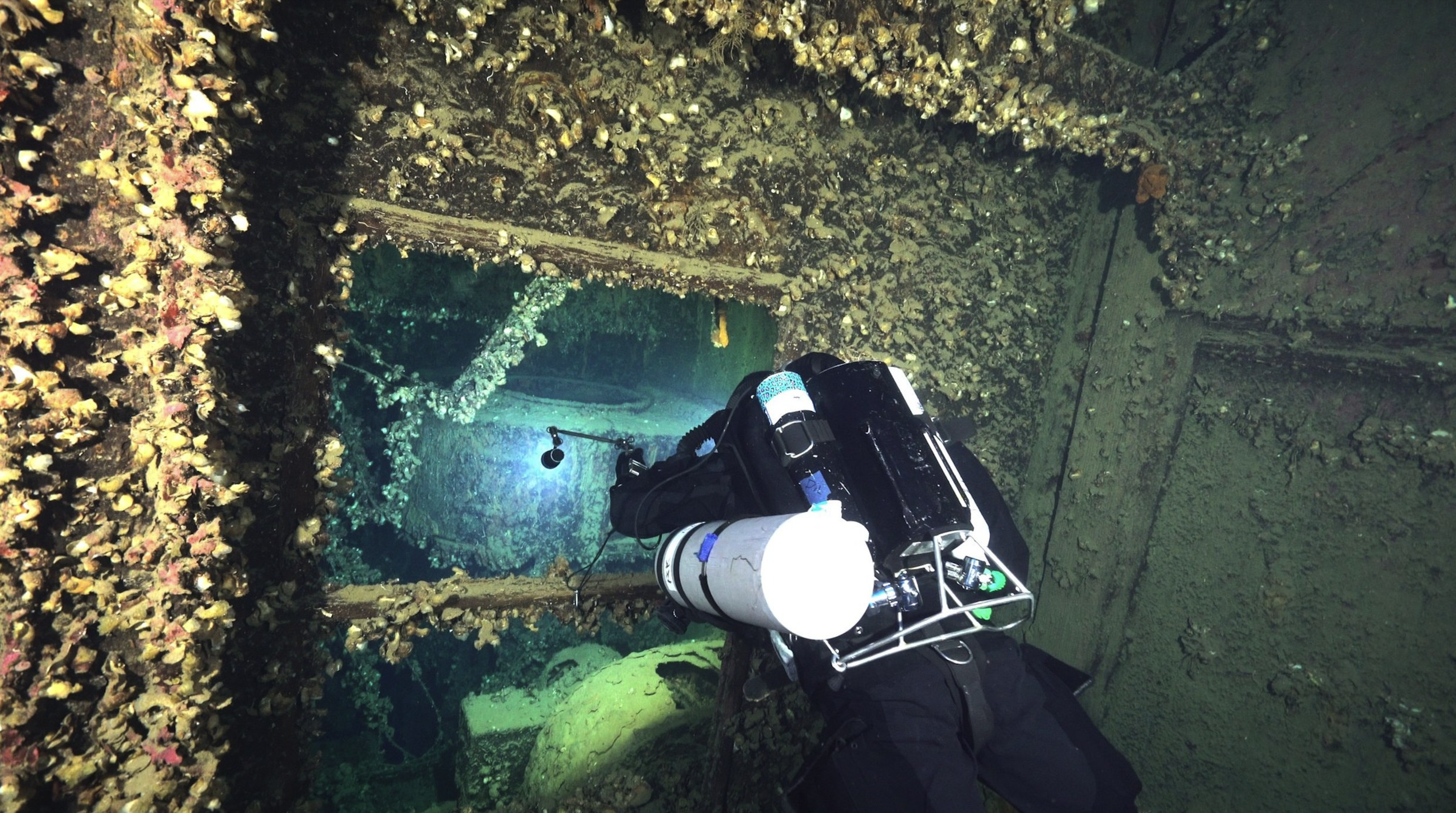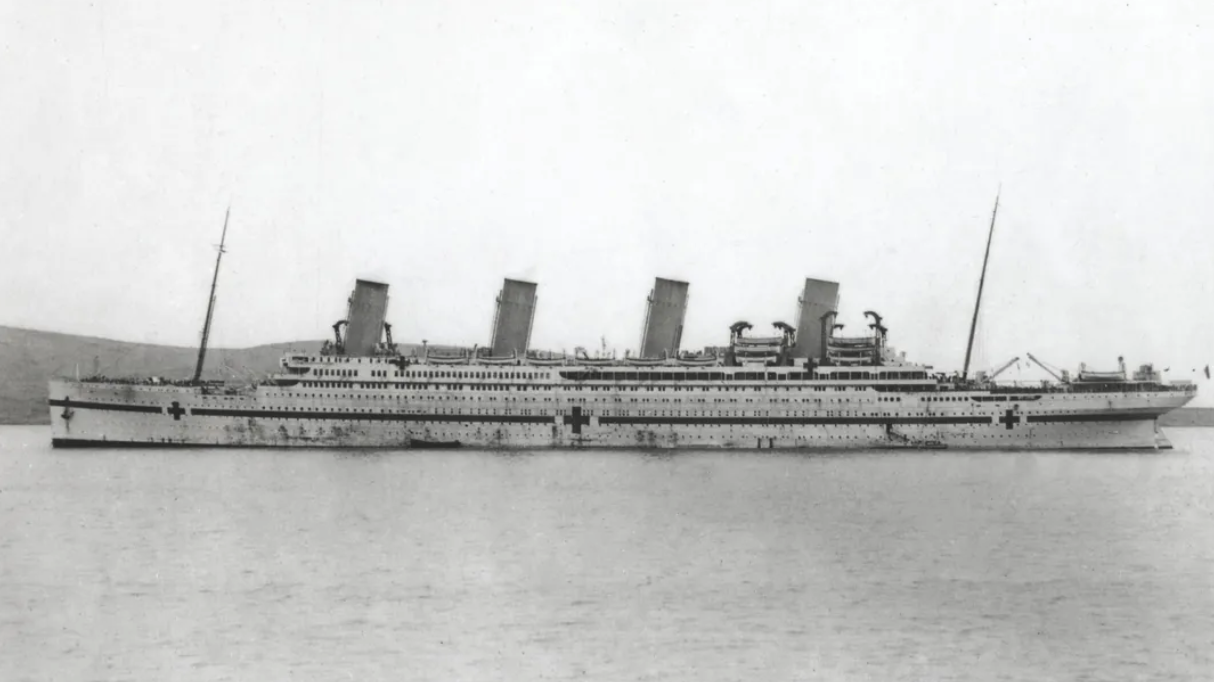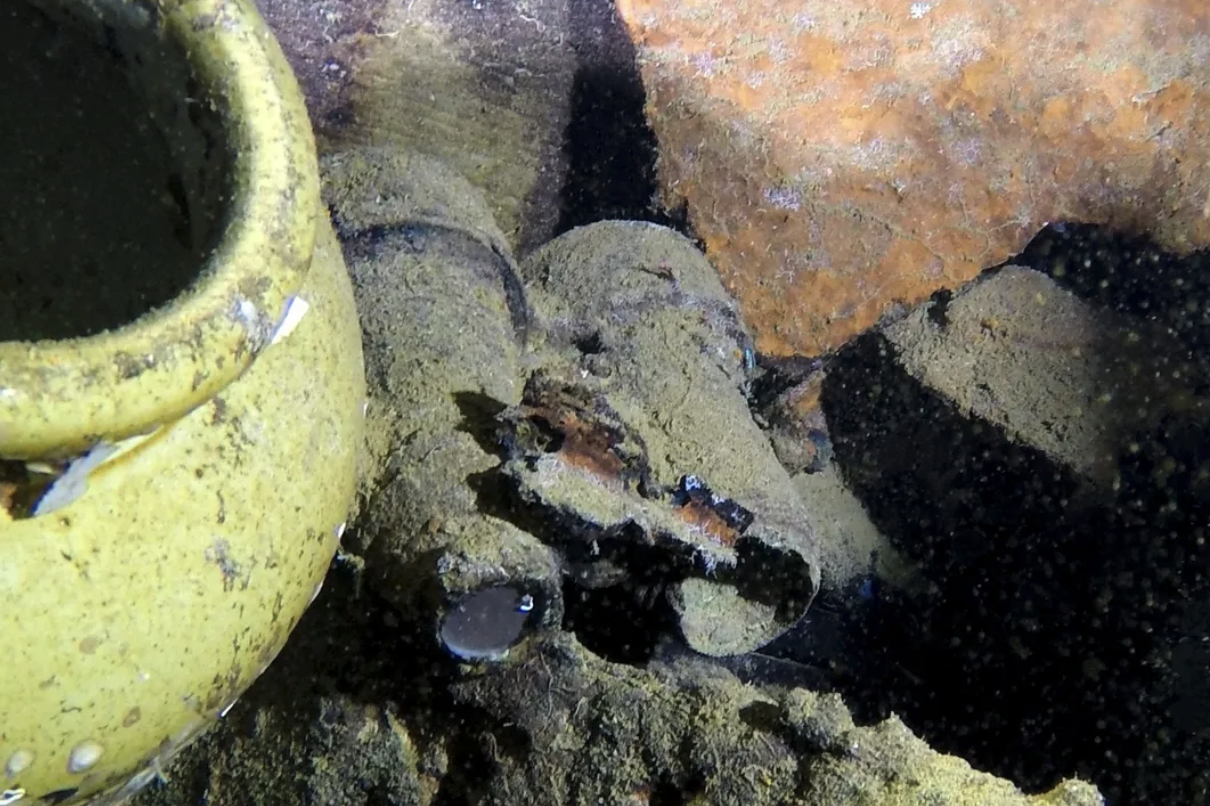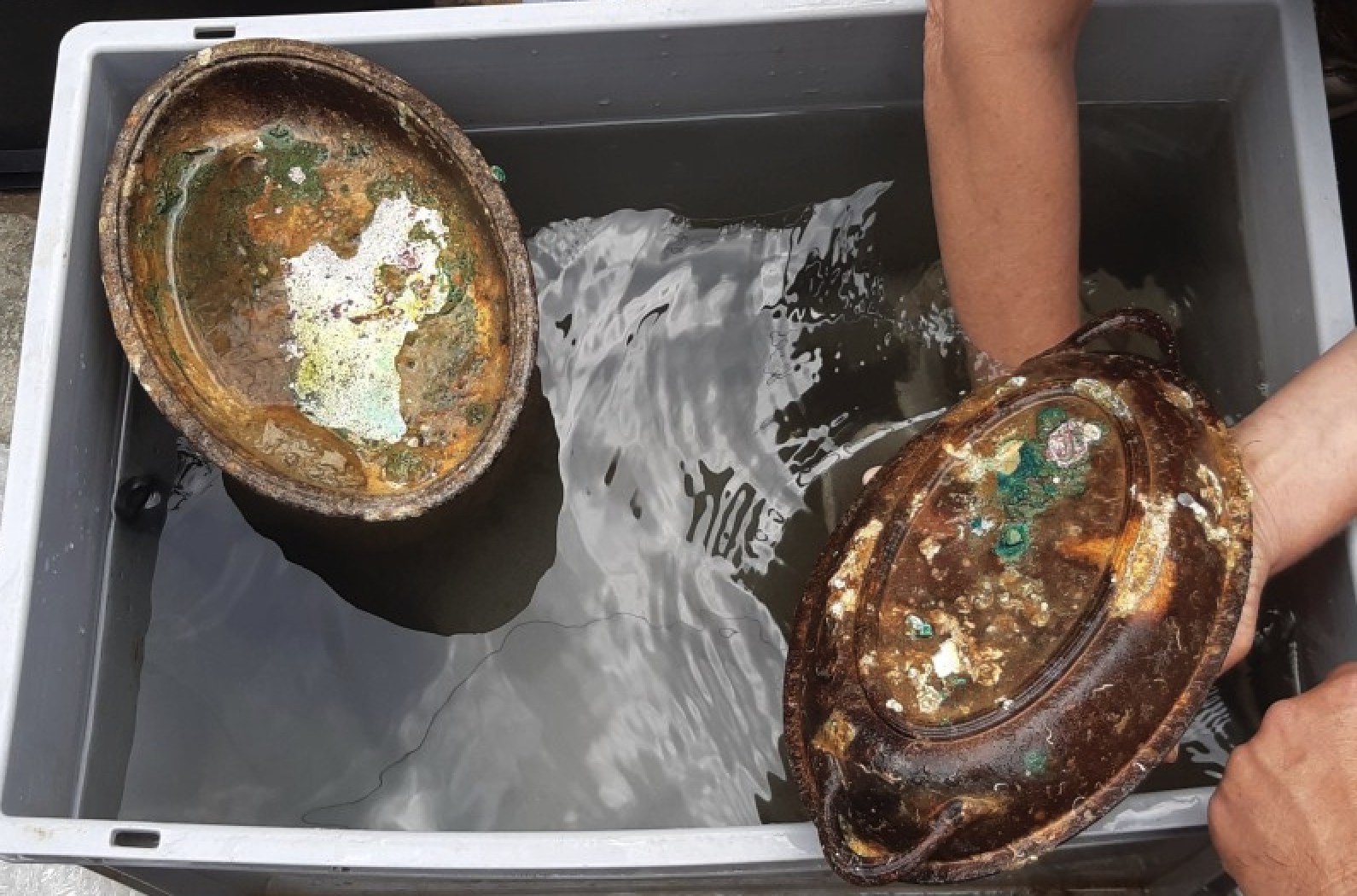The Titanic’s Sister Ship, the Britannic, Sank in 1916. For the First Time, Divers Have Recovered Artifacts From Its Wreck

The luxury liner was requisitioned as a hospital ship during World War I. Thirty people died after the vessel struck a German naval mine and sank off the coast of Greece
In the early 20th century, the British White Star Line set out to make the largest and most luxurious ocean liners the world had ever seen. Between 1909 and 1914, the shipping line built a trio of upscale vessels: the Olympic, the Titanic and the Britannic.

Within a decade of the Olympic’s maiden voyage in June 1911, two of the three sister vessels had met tragic ends: the Titanic, which famously sank after striking an iceberg in April 1912, and the lesser-known Britannic, which sank in November 1916 after hitting a naval mine in the Aegean Sea during World War I.
This week, Greece’s Ministry of Culture announced that deep-sea divers have recovered artifacts from the wreck of the Britannic for the very first time. The finds include the ship’s bell, a pair of binoculars and a navigation lamp.

In May, an 11-member team embarked on a weeklong expedition to the wreck site, which rests at a depth of nearly 400 feet, the Associated Press reports. The highly skilled group of divers used closed-circuit rebreather equipment to safely survey the ship. “Conditions at the wreck site were particularly challenging due to currents, depth and low visibility,” the ministry says in a statement, per a translation by Agence France-Presse.
British historian Simon Mills, who purchased the wreck in 1996, organized the recovery operation. Artifacts raised from the depths include both practical objects and luxury items, like silver-plated trays used in first class, ceramic tiles from a Turkish bath, and a porcelain sink from the ship’s second-class cabins.

The items are currently undergoing conservation in Athens. Afterward, they will be prominently displayed at the National Museum of Underwater Antiquities, which is slated to open in Greece’s largest port city, Piraeus, in 2026.
Unlike the Titanic and the Olympic, the Britannic was never actually deployed as a luxury cruise liner. Instead, the vessel was requisitioned in 1915, operating as the largest hospital ship in the world for almost a year. As Mills explains in an interview with Bloombsbury:
By the time the Britannic’s keel was being laid, the Titanic was still several months from completion, and the Olympic had been in commercial service for almost six months, but the building and operational experience gained by observing the earlier vessels meant that even at this early stage, there would have been countless improvements incorporated into the Britannic’s designs.
These safety measures weren’t enough to save the ship from the disaster. While traveling toward the Greek island of Lemnos, the Britannic hit a German naval mine and sank off the island of Kea on November 21, 1916. Of the 1,066 people on board, 30 lost their lives.
“Britannic was the largest vessel to sink during the Great War, [but] there was no catastrophic loss of life, unlike with the Lusitania, and no deliberate targeting of a hospital ship was evident,” notes the Western Front Association on its website. “As a result, the story of the Britannic is now largely forgotten.”
The Titanic’s sinking has long held immense cultural fascination. Last year, coal from the shipwreck sold for £1,500, while the controversial floating board from James Cameron’s 1997 film Titanic fetched $718,750 at auction.
The Olympic, the White Star Line’s lead ship, sailed for 24 years before its retirement in 1935. It served as a troopship during World War I, then returned to passenger service after the war.
Source: smithsonianmag.com. Photos: Greek Ministry of Culture
